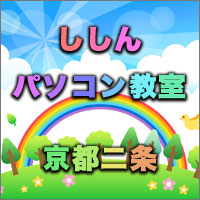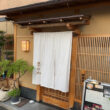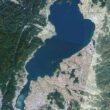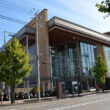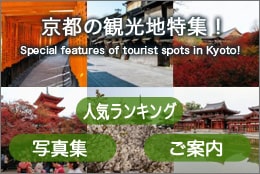The Devil at the Suzaku Gate
Posted date:2023-09-01Author:じゅうべい(Jubei) Transrator:ポンタ(Ponta)
Category:Kyoto tourist spot , Talk about Kyoto
広告
adsense4
Aughhhh!
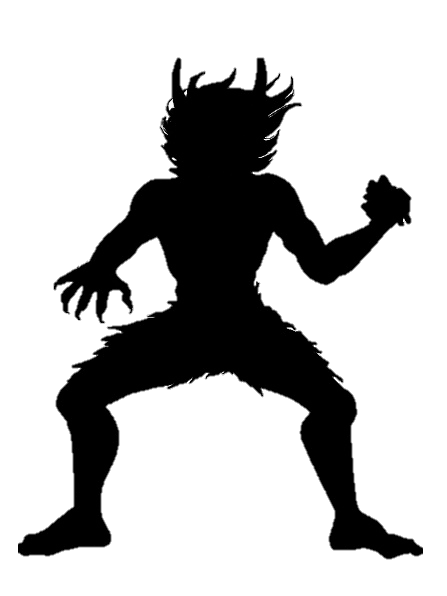
Shall I turn you into a reiki, too?
Greetings, human beings. I’m a demon. I have no name. I only call myself that because that is what people in this world call me. But my friends, do you know that the name is not actually a baseless, self-indulgent fantacy?
Demon, it is the word for the souls of the dead to begin with.
“Mono” means various spirits that are the object of animistic worship. It is a word with a wide range of semantic domains that can be used for monstrous things, monster things, and even story things.
People also gave the word “on” to “ogre” and wrote it in kana as “oni.”
It is a shapeless and formless existence through “hiding.”
Thus, from the point of view of humans, I seem to exist as a formless spirit or a specter, in other words, an “ogre.”
This is where I live now.
Suzakuoji, once the center of Heian-kyo. It is located from the capital’s southern main gate, Rajomon, straight north along Suzakuoji Avenue.

Suzakumon Gate, the Greater Inner Palace of Miyagi
The stone platform built on the Suzaku Gate is 47m wide and 14m deep.
It is topped by a wall with pillars painted in tan and it was once a magnificent gateway.
The Suzakumon was not only used to welcome guests, but also as a stage for rituals such as praying for rain and performing miso giraffes.
But…
adsense2

As the area west of Suzakuoji became deserted due to poor drainage and epidemics, the inner citadel was also devastated by repeated large fires. Eventually, the center of the capital was moved to the east, and the Suzaku Gate, left behind, lost its role as its main gate.
Thus, the Suzaku Gate was left ruin, and rumor began to circulate that demons and monsters such as myself were nesting there.
Among the people who were afraid of this Suzaku Gate, there was one person who left a particularly strong impression on me.
Minamoto Hiromasa.
Yes, that was indeed his name.
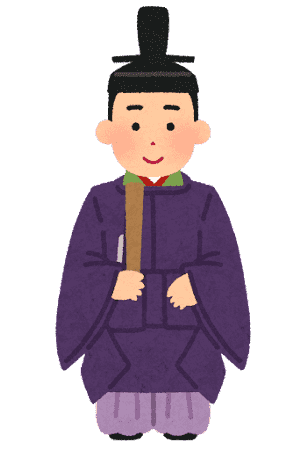
He was a court musician of the mid-Heian period, known for his mastery of the koto (Japanese harp), biwa (Japanese lute), koyo (Japanese stringed instrument), and flute.
Yes, that night, that Hiromasa was playing his flute under the Suzaku Gate.
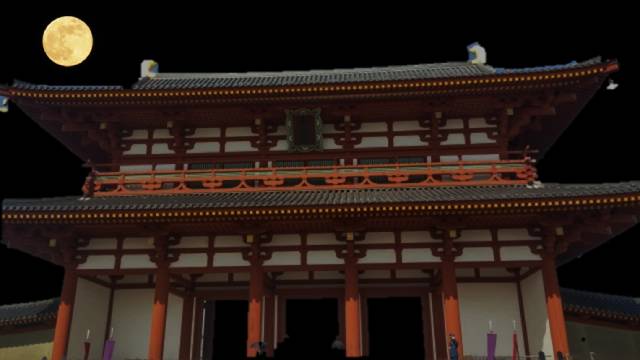
I, who was on top of the Suzaku Gate tower, heard the beautiful sound of the flute, so I joined Hiromasa in playing an ensemble from the top of the tower. As if he was playing along with my ensemble, he was playing the flute. After this happened several times, I remember that Hiromasa exchanged his flute with me, who was called “Oni”.
Eventually, after Hiromasa’s dealth, the emperor, wanting to hear the sound of his flute, once had Jozo, who was also considered a master, play it under the Suzaku Gate. At that time too, I was on the Suzaku Gate tower, and I still remember saying to myself, “Jozo plays the flute so much better than that Hiromasa.”
There was another time when Kino Haseo, a scholar and Chinese poet, challenged me, a “demon,” to a game of Sugoroku.
People called me an ogre who understands the elegance.
Well, it is much better than being called a horrible one.
Oops, is it that late already? It’s time for bedtime. Well then, everyone, I’ll call it a day and bid you all a peaceful good night. Good bye!
Aughhh!
Suzaku Gate (the gate no longer exists and remains as a site)
Author
じゅうべい(Jubei)
Hello everyone. I am Jubei, an earthling whose energy does not stop today. What I like is playing (manga, movies, music (J-Rock, etc.) and visiting cafes). Thank you for your understanding.
